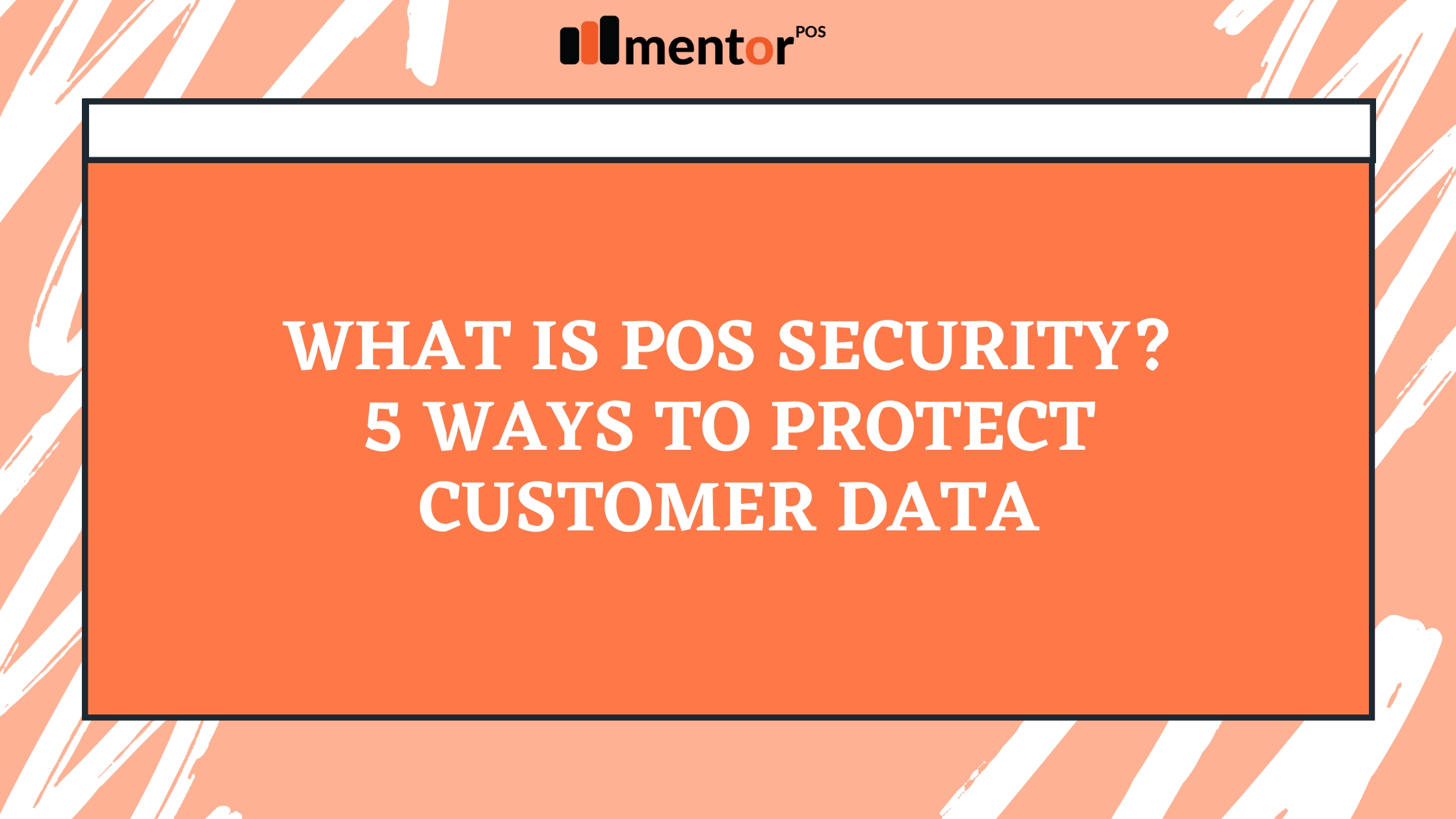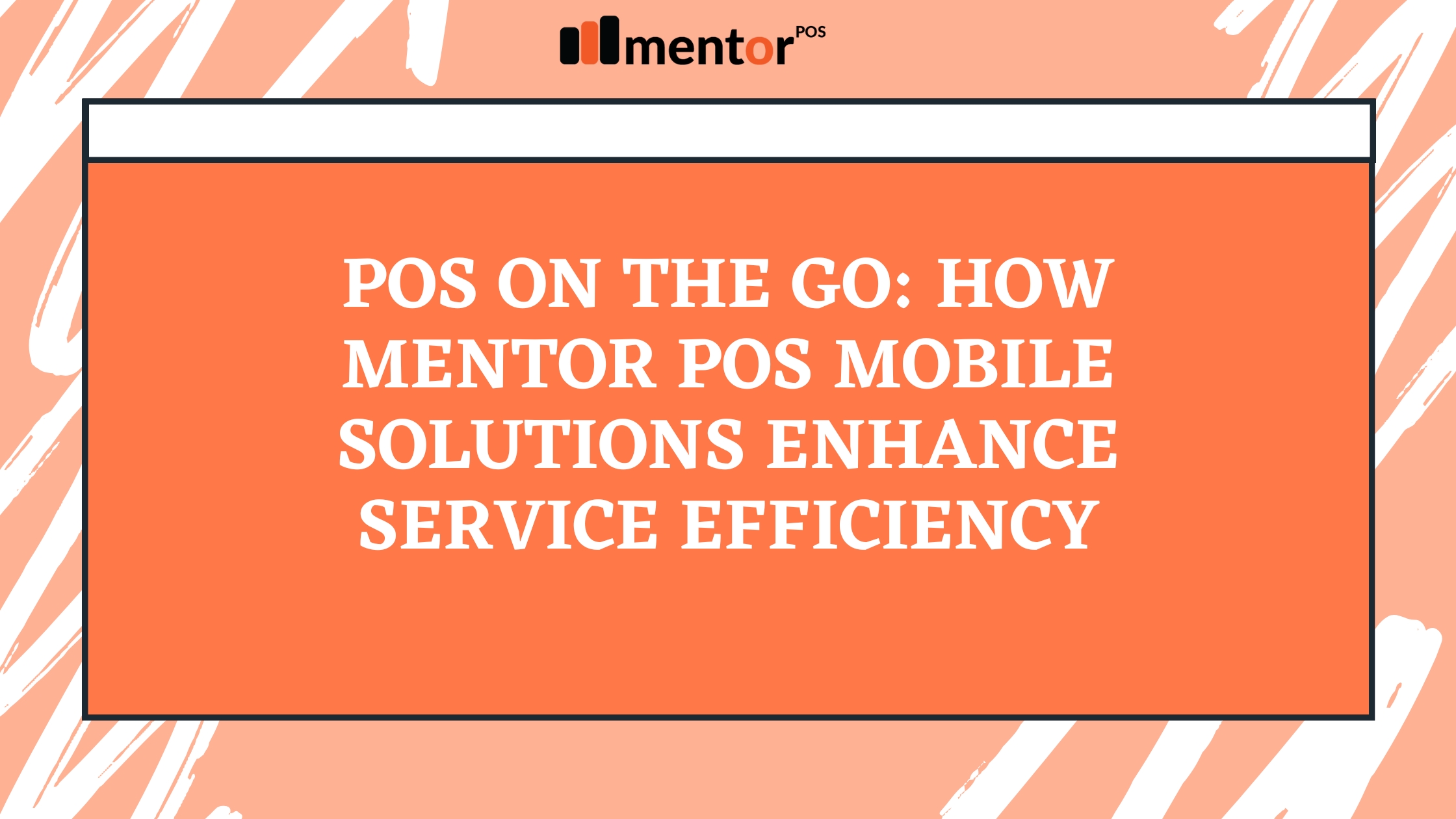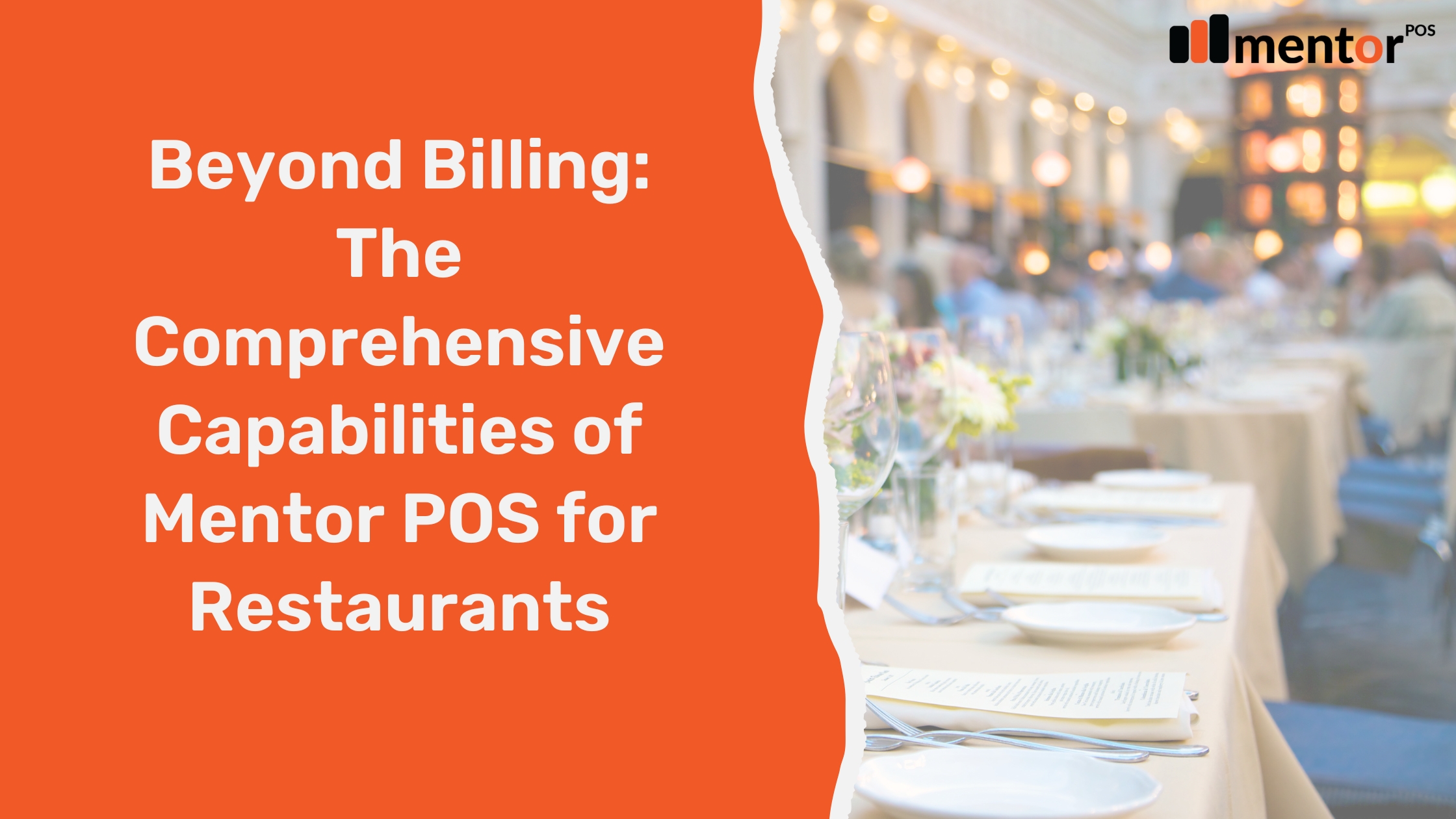In today’s digital-first world, the Point-of-Sale (POS) system is no longer just a tool for ringing up sales—it’s the central hub of business operations, especially in industries like hospitality, retail, and food service. POS systems handle sensitive information, including payment details, customer data, employee records, and business performance metrics. This makes POS security a crucial aspect of running any modern business.
Unfortunately, as POS systems become more advanced, so do cyber threats. From data breaches and malware attacks to internal misuse, businesses face growing risks. That’s why understanding POS security and how to protect customer data is vital—not just for safety, but for maintaining customer trust and ensuring business continuity.
Let’s dive into what POS security really means and explore five effective ways to protect customer data.
What is POS Security?
POS security refers to the protective measures and protocols designed to safeguard a point-of-sale system from unauthorized access, cyberattacks, internal misuse, and data leaks. This involves a combination of software tools, encryption, access controls, hardware configurations, and employee training.
A secure POS system ensures that:
- All transactions are encrypted
- Customer data is handled with care
- Unauthorized users can’t access sensitive areas
- Regular updates and patches are installed
- Audit trails and logs are maintained for accountability
With the increasing use of digital payment methods and cloud-based systems, ensuring your POS is secure is no longer optional—it’s essential.
1. Implement End-to-End Encryption (E2EE)
One of the most effective ways to secure transactions is through end-to-end encryption. This means that customer data, such as card information, is encrypted at the time of entry (e.g., when a card is swiped or tapped) and stays encrypted until it reaches the payment processor.
Even if attackers intercept the data during transmission, they cannot decipher it without the encryption key. E2EE is vital for protecting credit card information and ensuring your business is PCI-DSS compliant.
2. Use Role-Based Access Controls (RBAC)
Not every employee should have access to all features in your POS system. Role-Based Access Control allows you to assign specific permissions based on job roles—like cashier, server, or manager.
By restricting access to sensitive functions such as refunds, discounts, reports, and settings, businesses can reduce the risk of internal misuse or accidental data exposure. You can also track each user’s activity, helping identify suspicious actions and hold the right person accountable.
3. Secure Customer Data with Proper Storage Protocols
If your business stores customer information—like phone numbers, addresses, or loyalty program data—it’s your responsibility to protect it. Make sure that:
- All personal data is encrypted
- Passwords and credentials are stored using secure hashing methods
- Access is limited to only those who need it
- You are in compliance with data protection regulations like GDPR or local data privacy laws
Remember, storing data improperly not only risks customer trust but can also lead to serious legal consequences.
4. Regular Software Updates and Patching
Hackers often exploit outdated software and known vulnerabilities. That’s why it’s critical to keep your POS software and hardware up to date. Regular updates patch security holes, improve system performance, and introduce new protective features.
Choose a POS system that automatically installs updates or provides easy notifications for version upgrades. And don’t forget to update your operating systems and antivirus software regularly as well.
5. Train Staff on POS Security Best Practices
Your employees are often the first line of defense when it comes to POS security. Train your staff to:
- Recognize phishing attempts and social engineering
- Never share login credentials
- Log out of the system when their shift ends
- Use strong passwords and update them regularly
Create a culture of security in your business. The more aware your team is, the less vulnerable your POS system will be.
Why POS Security Matters More Than Ever
Data breaches don’t just hurt your bottom line—they can destroy your brand reputation. In today’s highly connected world, news of a security failure spreads fast, leading to lost customers, lawsuits, and penalties. In fact, research shows that 60% of small businesses shut down within six months of a major cyberattack.
Investing in POS security is not just a technical decision—it’s a business survival strategy.
MentorPOS: A Trusted Partner in POS Security
If you’re looking for a POS system that takes security as seriously as you do, MentorPOS is your go-to solution. From local restaurants to busy food chains, MentorPOS is designed with multiple layers of security to protect every touchpoint.
Here’s how MentorPOS ensures safe and secure operations:
- End-to-End Encryption on all transactions
- Role-Based Access Control for different users and job roles
- Cloud-based Data Backup & Storage to prevent data loss
- Two-Factor Authentication for admin logins
- Regular Software Updates to prevent vulnerabilities
- Audit Logs & Monitoring Tools for fraud detection
With MentorPOS, you don’t just get a powerful POS system—you get a reliable shield against today’s digital threats.
Final Thoughts
As businesses grow more tech-driven, POS security will remain a top priority. It’s about more than just protecting credit card numbers—it’s about protecting your customers, your employees, and your reputation.
Implement the five strategies shared above, and choose a secure system like MentorPOS to give your business the protection it deserves.







